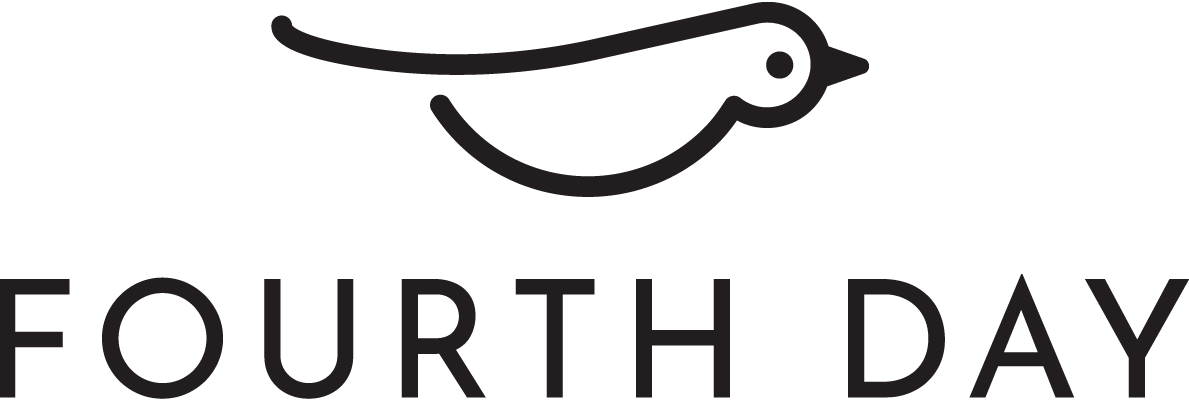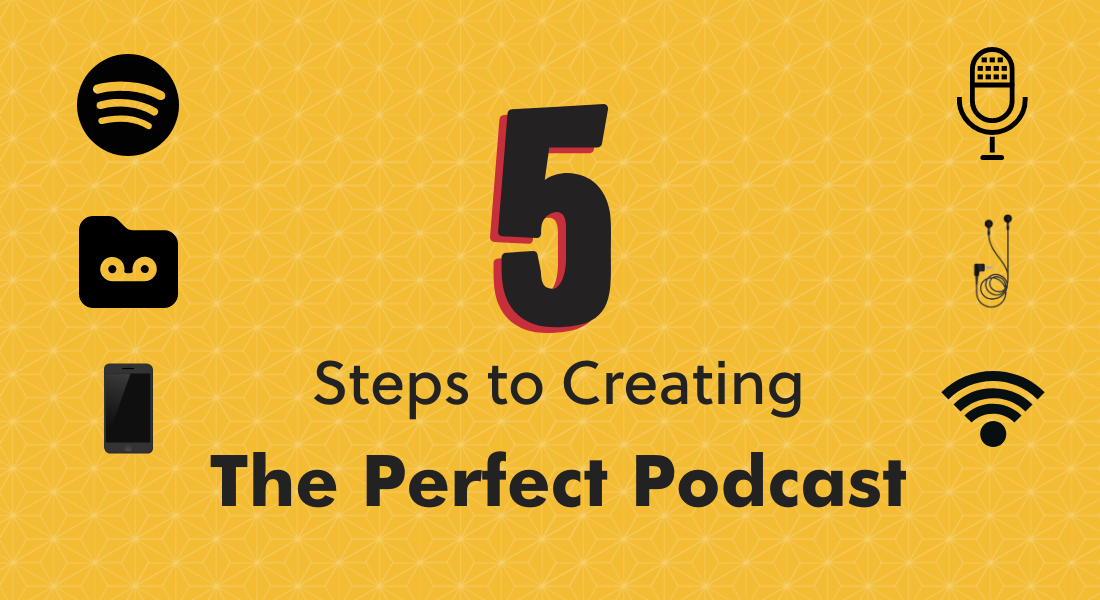P odcasts as a medium have always interested me. As a commuter, I often find myself getting stuck into a complex topic or funny panel discussion whilst completing other mundane tasks like checking my mobile banking or online shopping.
Last week, I attended Pro-Manchester’s ‘An Introduction to Podcasting’ event where Vic Turnbull [@SilentVic], the podcasting whizz herself, gave out some useful nuggets of advice when thinking of starting a podcast – nuggets which I thought I would share:
Step 1: The Why?
If there was one thing I took away from the event, it was the importance of preparation. You know the phrase: fail to prepare, prepare to fail? When planning a podcast, this should be front of mind.
As of January 2020, there are 850,000 shows out there and a total of 30 million individual episodes. With statistics like these, the likelihood of your podcast getting lost in the crowd is incredibly high. That’s why you need to know the reason why you’re creating a podcast; is it to entertain, inform, enhance your credibility, become a thought-leader or simply add value to your existing services?
Step 2: The Who?
When recording your podcast, ask yourself – who is my target audience? Do I have a group in mind such as a certain gender, age, race or heritage? Do they have one commonality, which keeps them coming back for every episode?
If you are already an established brand with your own ‘tribe’ i.e. group of loyal followers, then great! Property Hub’s ‘The Property Podcast’ has seen some great success in this department. However, it’s important to note that while brand association can improve credibility, the podcast should provide added-value to your listeners.
One example of a podcast that has got this absolutely nailed is the Ed. Podcast. This is run by Cheadle Hulme school and has been designed to keep parents up to date with their children’s goings-on. It knows its purpose and audience and is owning that space.
Step 3: The How?
Something which Vic made abundantly clear was how easy it was to make a podcast – most of us carry around all the equipment we need in our pockets every day.
All you need is three things; a microphone, something to store the recording on, and some software to edit the recording – and two of these can be found in your smartphone.
It goes without saying that this would be for beginners and that, if you were looking to update your technology, it’s worth investing in a USB microphone or portable recorder. This is especially important if you are interviewing a guest or presenting with a co-host as it will allow for both of you to have your own dedicated mic, making for a much clearer, more professional sound.
When it comes to editing software, there’s no need to splash out. For example, Audacity is a free, open-source software for Macs and PCs – it’s also very user-friendly which is ideal when you’re new to the world of podcasting.
Step 3: The getting it done
Even when the idea itself is brilliant – a lot of the time, either fear over expense or of your content just flopping stops people from following through with a podcast
The solution here is channeling Nike’s mantra: Just Do It. Once recorded, have a play around with special effects, include some royalty free music and even invite guests for an interview!
Depending on your own personal preference, it can be a good idea to draft up a rough script so there’s no going off topic or rambling. If you do decide to do this, make sure you script how you speak instead of how you write – this will make the conversation seem more authentic and engaging.
Finally, decide on the regularity of the podcast. Enthusiasm is great, but it can waver if you’re trying to put a podcast out every week and simply making content for the sake of it. Start monthly – it’s better to dial up than to dial down!
Step 5: The milking it!
You’ve spent weeks planning, researching, recording and editing the perfect podcast but you’re just going to push it out there once and hope it gets picked up by the millions? I don’t think so.
There are so many different platforms podcast listeners can use, including Apple Podcasts, Spotify, YouTube, iTunes, Google Podcasts, Stitcher and TuneIn, so it’s important to upload your work to each of them and reach your audience wherever they may be.
Re-purposing content is a great way to maximise on your recording. This could be transcribing it into a blog, taking sections for social media posts, build an animation around it, film it and upload it to YouTube – in this case, more is more.
Listening to a podcast is a very personal experience, rarely undertaken by two people, which is what makes it so valuable. No other method of marketing or communication can go straight into the consumer’s ear like a podcast can.
So, ask yourself, if you’re not podcasting – why not?
Share this:





